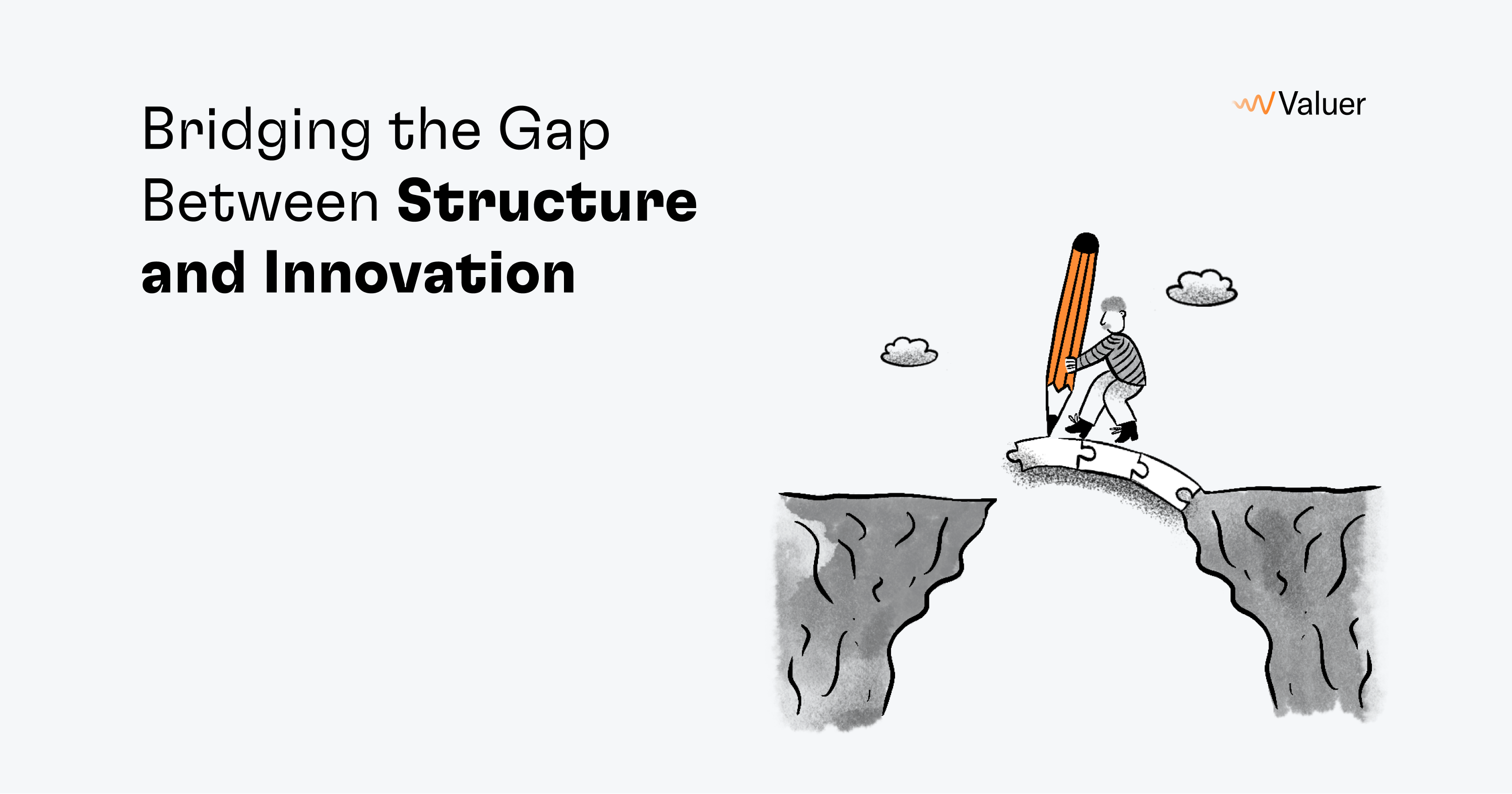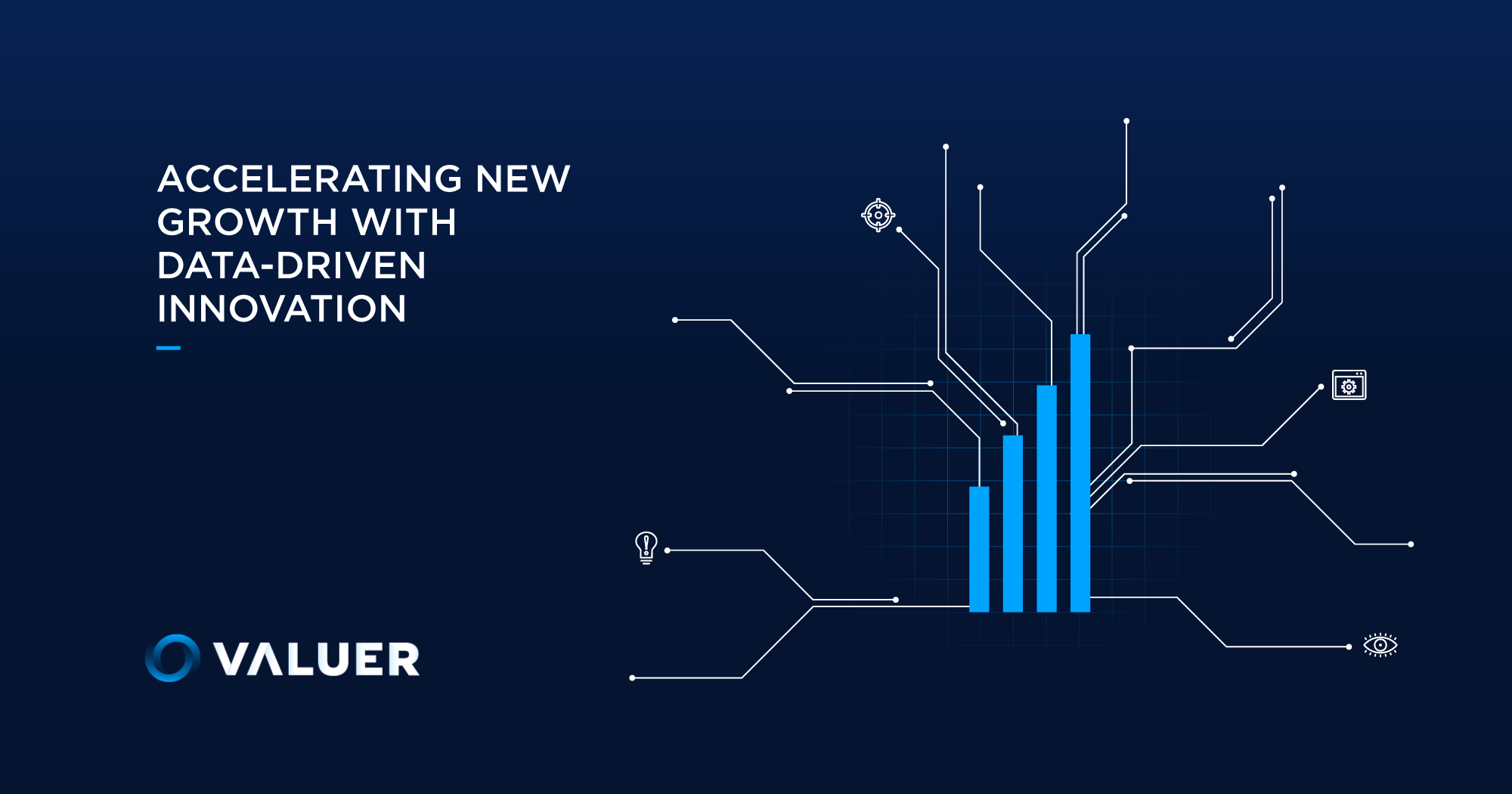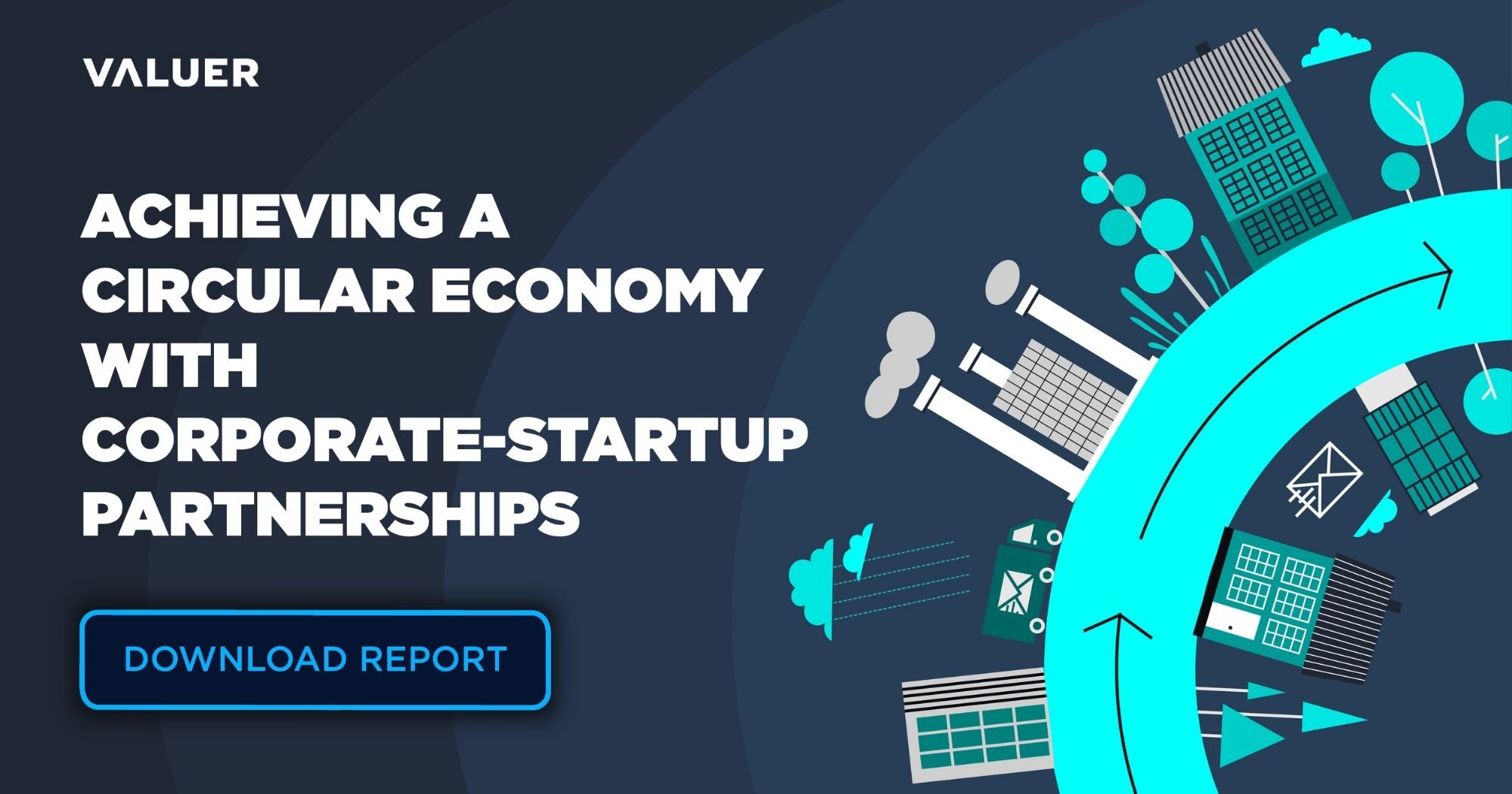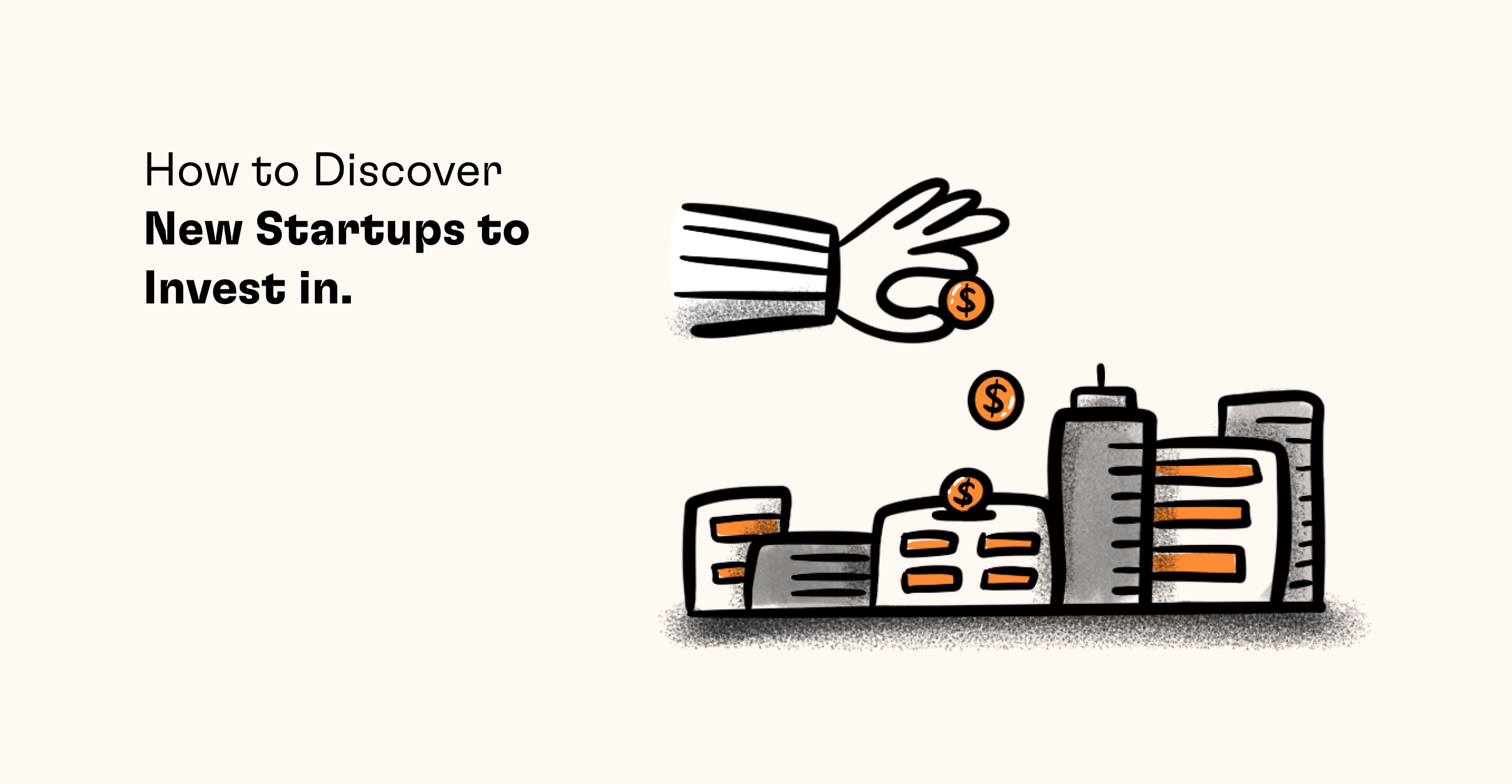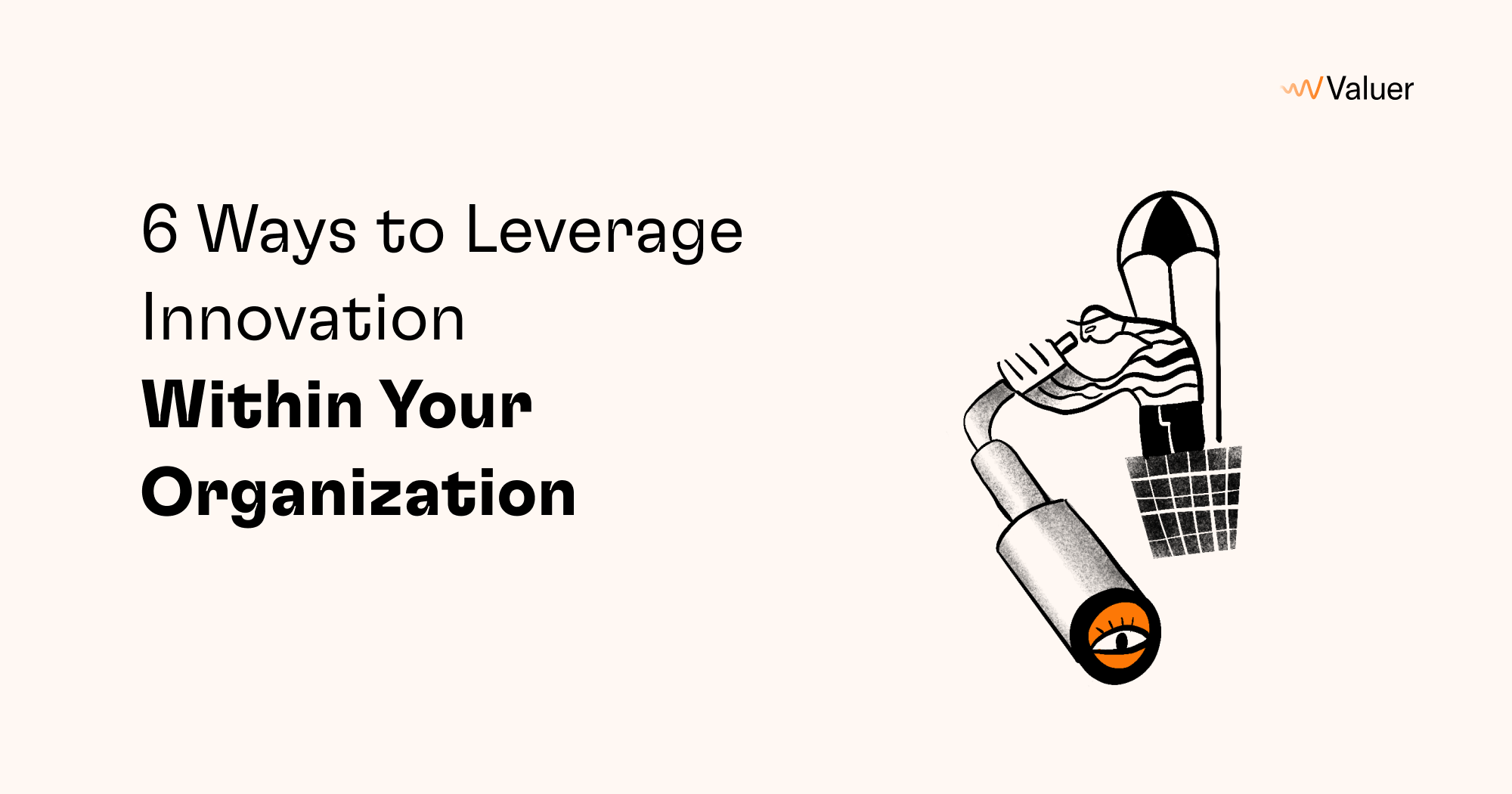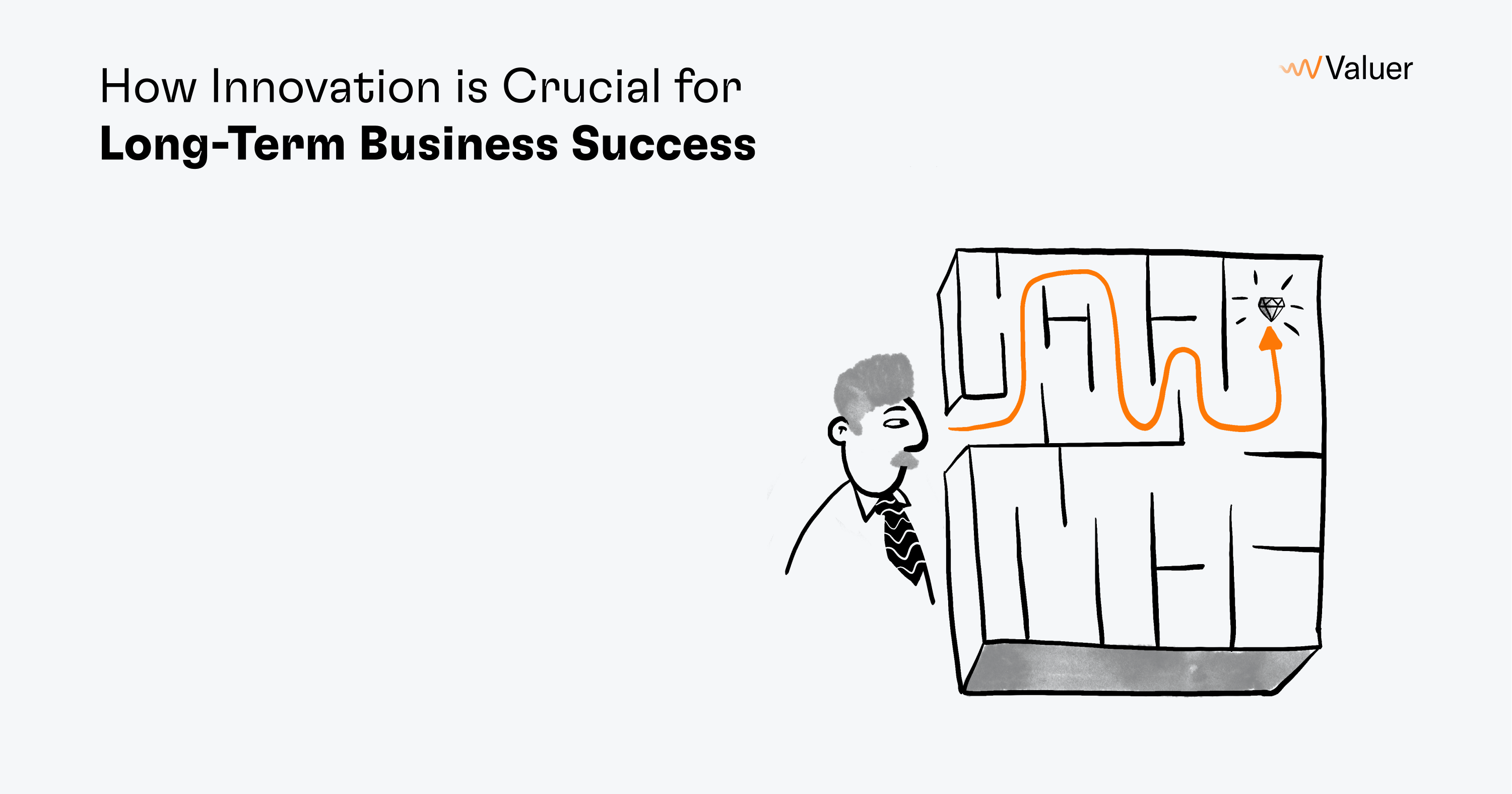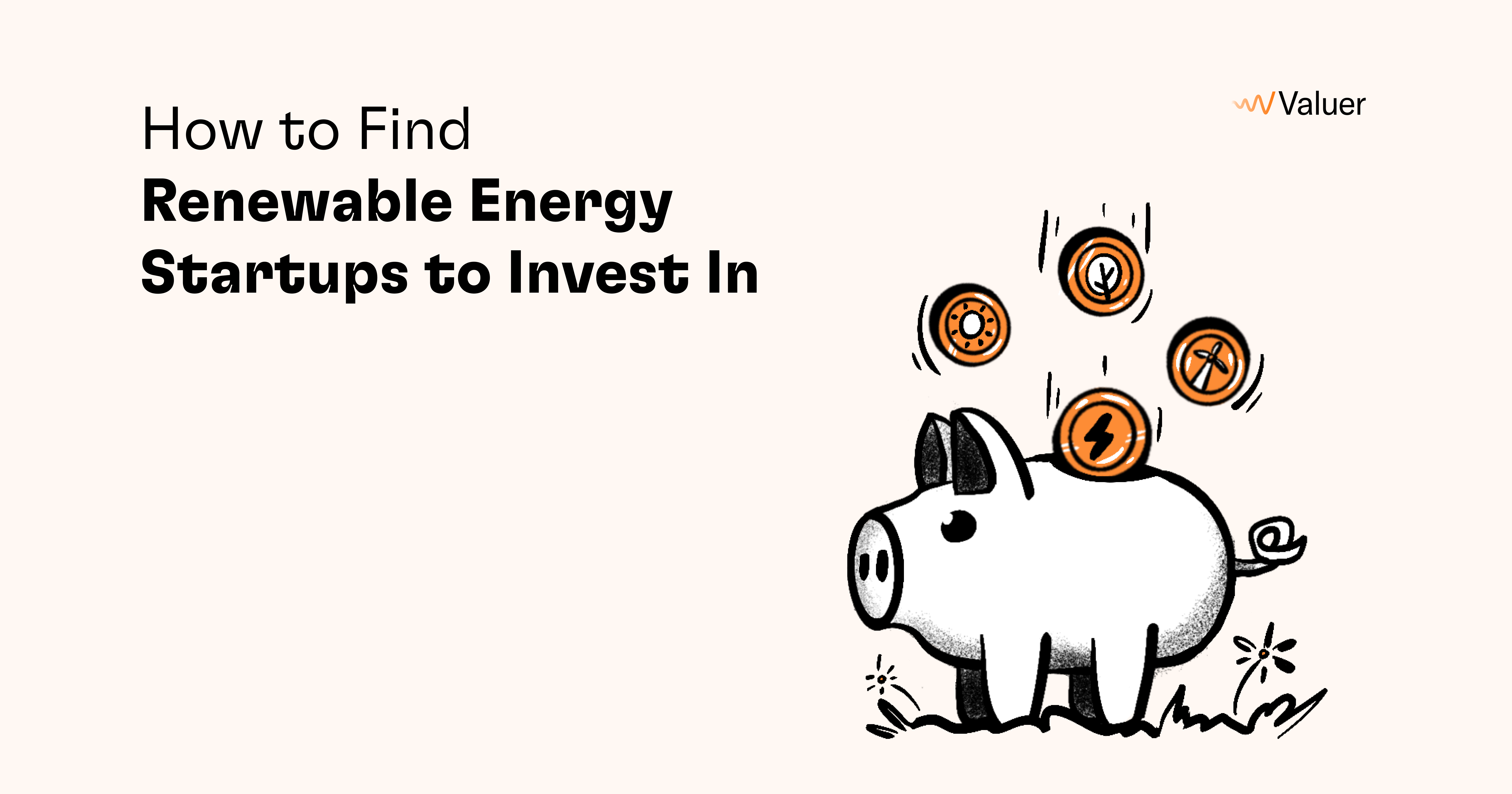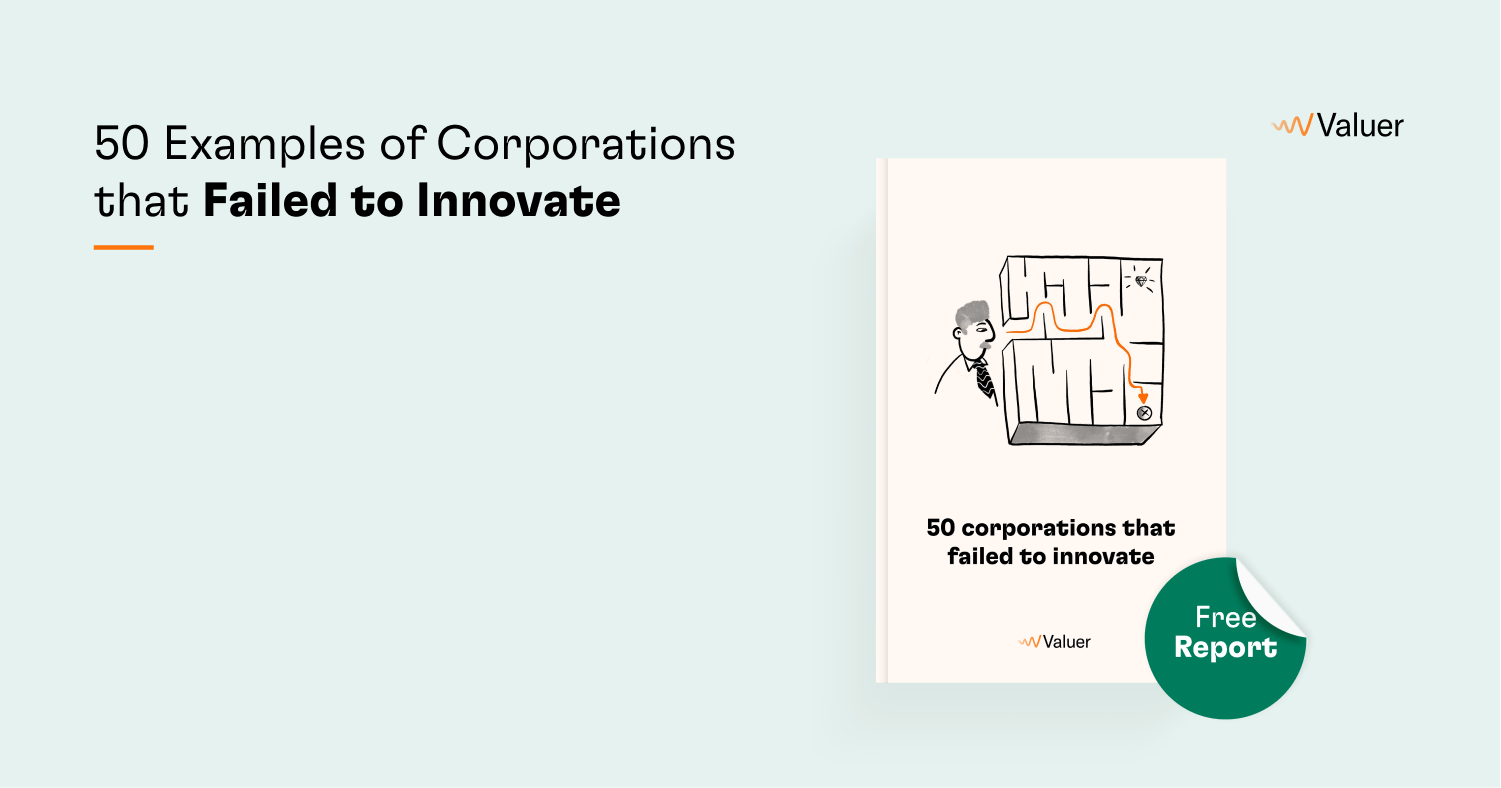*Updated December 2022
Innovation is everywhere – it reshapes businesses, industries, and experiences. Innovation remains the driving force that propels our society into the future, where new ideas are increasingly becoming a central theme toward economic prosperity.
Redefining value
In recent years, the term ‘Innovation economy' has been gaining traction among both business leaders and scholars. It is the belief that institutions and technological changes are the frontiers of economic growth.
In today’s knowledge-based economy, we are seeing how the innovation economy is changing the world. Silicon Valley, the most dynamic innovation cradle in the world, has become a leading hub and startup ecosystem for innovation and scientific development.
Since its inception in the 1980's, the ingenuity of entrepreneurs has undoubtedly been a crucial factor in changing how we communicate, conduct business, and the way we live our lives. The products and services that are being created are a perfect example of our contemporary idea of progress.
Notably, disruptions are occurring within a variety of industries. Taking a brief glance at the past, we have witnessed the astounding success of companies that pursued a novel idea instead of optimizing or altering an already existing idea.
For example, Airbnb, the largest accommodation company, does not own any hotels. Uber, the largest provider of passenger transport, does not possess their own fleet of taxi vehicles. Online retailers such as Amazon and Alibaba have dominated the online marketplace and are constantly threatening the closures of brick-and-mortar stores.
In recent years, innovation has been regarded as the new force in modern capitalism. The term innovation economy encapsulates the idea that it is entrepreneurs and their novel ideas that unleash the ‘creative destruction’, resulting in new job opportunities arising. In other words, entrepreneurship, as a process, results in existing products or methods being replaced with new products/production methods.
The innovation economy is based on the creative ability of individuals to come up with and implement new ideas, products, and services rather than the physical attribution to a specific product.
Valuer has continuously been striving to best connect to the innovation economy. Valuer is a data-driven AI platform that aims to bridge the innovation gap by connecting corporates with startups to help them advance their internal innovation through external partnerships.
How is the innovation economy facilitating change in the world?
The world has endured drastic changes, especially during Covid-19, prompting industries to scrutinize the impact factors on economic growth. The technology ecosystem is constantly evolving, affecting a wide range of industries. This stimulates debates around capitalism, the role of the public and private sector, and whether we should redefine how we measure value in our society.
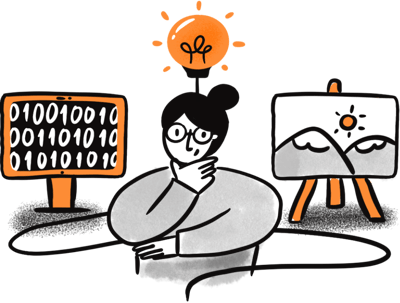
Mariana Mazzucuto, one of the leading scholars in economics, argues that modern economies reward activities that extract value rather than create it.”
“These companies’ huge profits and their dominance in their respective markets are claimed to be justified in terms of the value they create”, emphasizes Mazzucuto. As a result, pharmaceutical companies have justified extraordinary price costs associated with certain drugs based on their notion of value-based pricing.
This pricing strategy conducted within the pharmaceutical industry has received strong backlash from society where prices of potentially life-saving drugs are marketed at a price that is not affordable to the majority of the population.
Entire societies are now shifting focus. Income inequality is a subject that has been gaining momentum where the new common goal is to increase the quality of life for all. This is only made possible by expanding wealth by developing new business models, products and services, and forms of production.
Companies are now finding themselves investing in innovation through acquisitions and mergers. Numerous larger enterprises have used this as a strategic decision rather than investing on their own – mainly for the margin premium. This innovation premium is the golden solution that drives economic growth.
Why waste the time and effort trying to come up with your own solution if one already exists out there?
Reshaping economic growth and prosperity
From an innovation economy standpoint, growth domestic product (GDP) measurements were previously quantified from tangible applications and assets.
Today, a significant percentage of GDP growth has been attributed to innovation value and new ideas. This may take the form of patents, copyrights, and intellectual property rights.
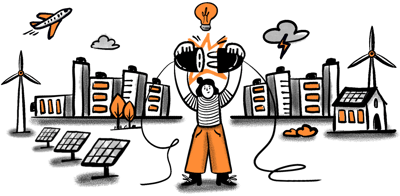
An example in which the weight of an idea can influence economic growth is market speculations of an upcoming or newly released idea or invention.
This creates new challenges for companies to deliver innovative products to their customers on an ongoing basis to maintain customer satisfaction. This can be especially difficult for a single company to constantly produce innovative products within a short time frame and to deliver a profitable return on investment.
Regarding the innovation economy, it is about how value is determined by the ability to generate new ideas that can then be transformed into new products, services, and business models to drive innovation.
Challenges of innovation in organizations
Unfortunately, some companies have suffered from the impacts of the changing economy and shifting market preferences. This may be the result of the companies’ failure to embrace the Innovation Economy within their business strategy.
Digital transformation is increasingly becoming a high priority for companies to adapt to the changing market conditions. However, companies continue to fail even after attempting to introduce digital solutions.
In Andrew Hargadon’s book, titled ‘Sustainable Innovation’, he highlights three important obstacles posing as a barrier for companies and executives setting bold new strategies:
1. Hesitation to act when facing uncertainties – most companies avoid acting when faced with uncertainty. They tend to wait to circumvent these uncertainties only to find out later that someone else has capitalized on an innovative solution.
2. Copying what other companies are doing – “seeking safety in the herd”. In the past, many companies have attempted to create a façade or publicity stunt incorporating current trends but not changing their core business practices.
3. Lack of distinct vision leading to competing products – companies developing new products to satisfy the demands of customers seeking innovative and sustainable solutions but end up conflicting with their own existing products. This creates confusion and a burden throughout the whole supply chain and corporate vision.
By taking a unidirectional approach to include innovation in the strategy, such as making the switch to digitalization alone, it is insufficient to be able to embrace the Innovation Economy successfully.
Therefore, it is imperative to rethink the organizational structure within a company at all levels to be able to pursue innovation effectively and as a priority.
Rethinking how innovation is conducive within a company
Given the recent changes underway in the global marketplace, many business leaders and executives are recognizing their company’s need to embrace the innovation economy - to see the changing conditions of their market, identify emerging threats and opportunities, and to develop new strategies in response.
There is no quick and easy solution to adequately prepare for what to expect in the future. Many companies across various sectors will feel the effects of innovation, at least to some extent.
These market changes may be the result of indirect influences, such as shifting market preferences, newly released technologies, regulatory policies, and other market forces.
Companies must be able to adapt to these changing circumstances. By companies having an organizational structure capable of responding to these market forces, such as a digital workflow, will they then be able to adequately respond to opportunities and threats through innovation.
As economist and venture capitalist, Willian H. Janeway argues, “One of the biggest challenges towards innovation is recognizing the convergence of technologies, market trends, and regulatory shifts taking place, in connecting and developing those ideas into functioning innovations, and in delivering them to the market at the right time and at the right scale”.
No one is safe from the continuous onslaught of shifting market preferences across all industries. Few leaders and companies are prepared to make the strategic investments required to respond to these threats.
By embracing the Innovation Economy, a company's organizational structure and thought process will be better prepared for such challenges that will inevitably arise.
Valuer and the innovation economy
We strongly believe in the potential challenges posed by disruption across all markets. Our vision is embracing the Innovation Economy to help companies connect and drive their success from innovation. Valuer provides companies the tools and resources to harness the Innovation Economy.
We empower businesses to completely rethink how innovation strategy is conducted from the ground up. We believe in the importance of how various research institutions, government and society as a whole, play a critical role in economic growth. This is in stark contrast to individuals and firms conducting business within a vacuum.
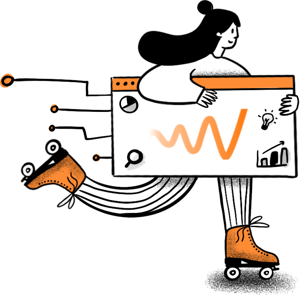
Valuer provides an easy-to-implement workflow solution for employees at all levels within a company to assess potential solutions to successfully advance their mission and goals. This way, we redefine how communication is conducted – by ultimately encouraging collaboration across teams, forming new partnerships to drive future growth, and circumventing disruptive challenges.
In other words, we are empowering companies to foster innovation as a grassroots-like campaign. Instead of relying on solutions that are not initiated from within the company or perhaps relying on time-consuming innovation scouting methods, Valuer provides real-time data for companies to make rapid and informed decision-making based on the latest data and trends.
Here at Valuer, we believe that the current transition toward the Innovation Economy has a large impact on any company’s future and success.
We share the same vision and passion that many companies also pursue. Whether it be focusing on improving the lives of everyone across the globe or helping companies achieve their Sustainable Development Goal commitments.
Redefining corporate decision making
Valuer is redefining how we communicate.
We are connecting with the Innovation Economy in order to provide a strategy for companies to incorporate innovation within their everyday tasks.
It is imperative for companies to have an organizational structure in place that incorporates innovation as part of their work culture.
Specifically, we see the value of being connected within a company where the drive towards innovation is shared among the company employees.
It is about enabling organizations to involve and unite all team members to be part of the innovation agenda rather than leaving the decision-making to just a small group of individuals, third-party entities, or one that is relationship-based.
Katherine Rebeka, executive director of the Rapid Learning Cycles Institute, highlights the important components required for any company’s team in order to create ‘pull’ to accelerate innovative ideas to market.
She argues using the term ‘high-velocity innovation’, a concept to rethink the organizational structure of companies to help deliver successful products to market faster before it is too late. It is this notion of speed that is especially important when it comes to companies being able to innovate effectively.
Time is of the essence - it is up to companies to come up with solutions and implement them as soon as possible in order for innovation strategies to be successful.
Pillars of the innovation economy
Businesses are constantly adapting to new economic realities, which is expressed in their desire to embrace innovative solutions. However, the effectiveness of such changes can be hurdled from both the macro and micro level of innovation.
From a macro perspective, much of the attention has been focused on domestic innovation policy and modern economic realities. In order for countries to help companies increase the level of innovation, it is necessary for government institutions to create a favorable environment for them.
This may take the form of the presence of a system that combines education, science and technology, and business, the ease of which knowledge is communicated, allowing for greater foreign investment and business development, and for an environment that allows for the creation of new ideas that can be shared throughout the business and academic community.
From a micro perspective, the way in which businesses conduct their business to fully embrace innovation must be done is such a way that allows employees at all levels to engage in the innovation process that includes hatching, vetting, prototyping, and testing new ideas.
It is also important to implement this strategy so that company leaders and dedicated innovation teams are part of the collaboration and not to resent their own peers’ input.
As discussed previously, taking risks and developing a tolerance for failure is another important hurdle related to the challenges of innovation within a company.
Baba Shiv, a leading scholar within neuroeconomics at Stanford University, stresses the importance of companies shifting from a type 1 mindset, fearful of making mistakes, towards a type 2 mindset, the fear of losing out on opportunities.
It is understandable as to why companies are hesitant to make decisions that could end up being a total failure. That said, the main takeaway is to make risk-taking decisions quickly and cheaply as possible and to learn from your mistakes along the way.
Lastly, it is important for organizations to stay informed and anticipate any threats that may emerge in the future. This can take the form of new innovations, competitors, regulatory changes, and other external pressures.
Much of the discussion about innovation is about seeing what organizations can do to improve. Still, it is just as important to always be on the lookout for external forces and new ideas that threaten a company’s future.
Where Valuer can help
Valuer provides companies a competitive edge to easily identify relevant products and services that will add value to their existing or future products for their customers in real-time.
Specifically, we provide your company with a data-driven aspect to your team’s decision-making using concrete data. Furthermore, we use an AI-powered engine to navigate the plethora of companies and pinpoint enterprises that are the right fit for the next business opportunity.
In such a competitive and constantly-evolving marketplace, Valuer considers the Innovation Economy a critical driving force for economic prosperity – not just within individual companies but also on a global scale.
We are currently witnessing a historic transition away from the mainstream neoclassical theory of economics, which views capital accumulation as the primary driver of economic development. As the business climate advances, we are more likely to see innovation disrupting the contemporary economy, with enterprises capitalizing on innovation-based opportunities. Such a prognosis is set to affirm the newly-set Innovation Economy paradigm.



